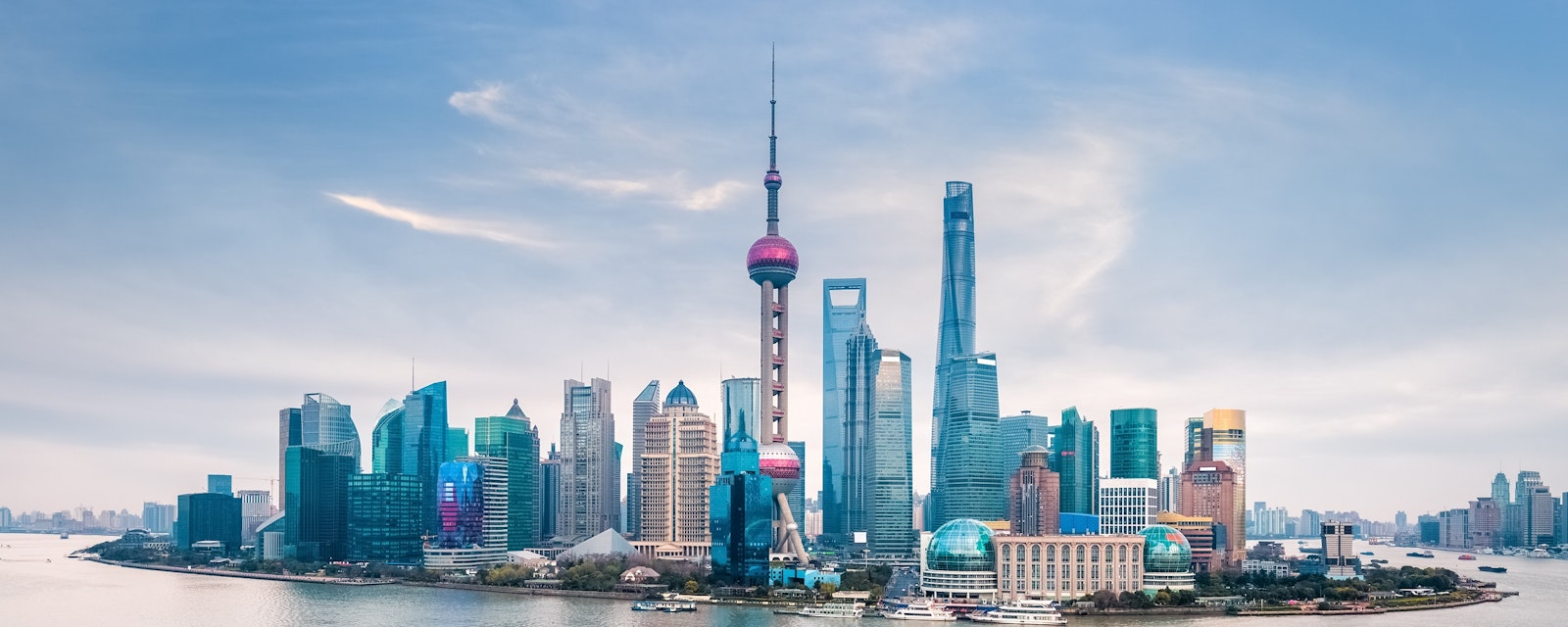The speed of China's exit from zero-Covid is surpassing even the optimistic expectations reflected in last week's note.
The readout from the Politburo meeting on 7 December omits any reference to dynamic zero, signaling that the Communist Party leadership has abandoned it. A day later, the National Health Commission announced a package of ten measures that ease Covid-19 restrictions beyond the 20 measures announced on 11 November.
As predicted, however, the Communist Party leadership has not explicitly declared an end to "dynamic zero," let alone acknowledged that public protests played any role in recent policy shifts. On the contrary, the official Xinhua news agency ran an editorial hailing the government's achievements on virus control and framing the shift as a response to the Covid-19's reduced morbidity and the country's increased preparedness.
Significant Easing
The ten measures end the central quarantine requirement for infected people with no or mild symptoms, as well as for close contacts, who will be released with a negative test on the fifth day. Digital health codes, which track whether a person recently traveled to a high-risk region, are no longer required for domestic travel. Regions not designated as "high risk" will no longer conduct mass PCR testing, and the "high risk" designation will be applied more narrowly — to individual buildings, offices, floors, and households, rather than to entire neighborhoods. Outside high-risk areas, local officials cannot restrict movements or close businesses.
Bumpy Road Ahead
Though markets are cheering the end of dynamic zero, the road to normalcy will be bumpy. The accelerated exit leaves less time to increase vaccination rates ahead of the inevitable surge in infections. Authorities approved four new vaccines for emergency use in recent days, including one nasal spray influenza virus vector from Wantai BioPharm. It remains unclear, however, which of the 12 Chinese-developed vaccines now available are most effective against the Omicron variant. Economic disruptions both from large-scale lockdowns and mass illness remain likely in the coming months.
Shift to Growth
The Politburo meeting also confirms that policy is now squarely focused on reviving growth, a shift that we flagged last month. Beyond the shift on Covid-19, the Politburo meeting called for "significantly boosting market confidence," "forceful" monetary policy, and "reinforcing" fiscal policy. Meanwhile, a quasi-bailout of the housing market is gaining momentum. The Politburo also revived an ideological slogan — the "two unwaverings" — that the Politburo had not mentioned since 2018. This slogan ostensibly denotes unwavering support for both state-owned and private companies, but in practice it signals a focus on supporting private ones.
The most important annual meeting on economic policy, the Central Economic Work Conference, will likely convene next month to set priorities for 2023, offering more concrete policy signals. An annual GDP growth target — if there is one — will be officially announced at the National People's Congress in March, but the target often leaks following the work conference. In line with the party leadership's long-term shift away from a narrow focus on GDP growth, policymakers might decline to establish an annual growth target. Given the need to compensate for the growth lost to zero-Covid this year, however, we believe that a target of 5-5.5% for 2023 is likely.




